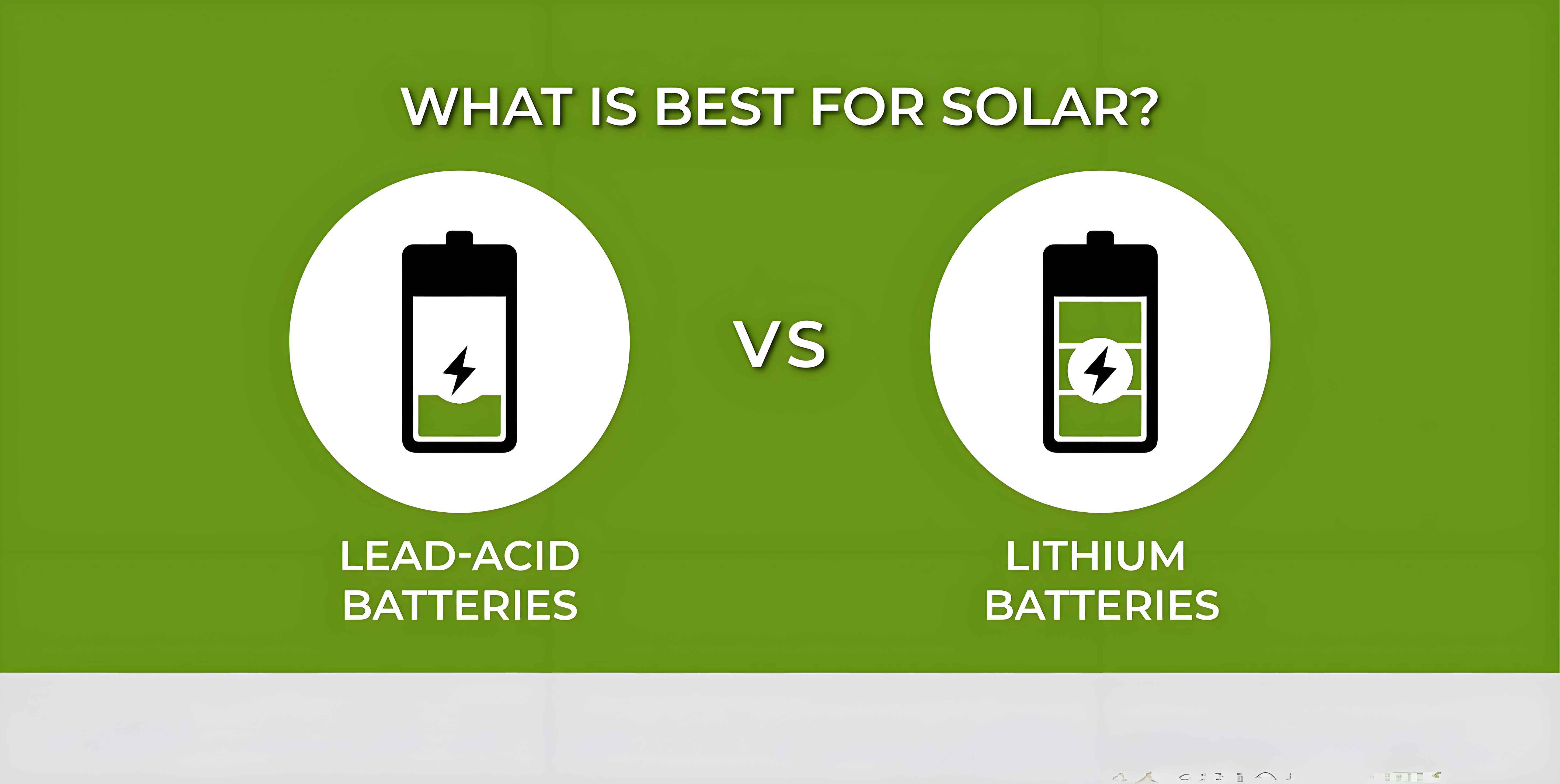
In the realm of energy storage, two types of batteries have garnered significant attention: the lithium-ion battery and the lead-acid battery. Both have distinct characteristics, advantages, and disadvantages that make them suitable for various applications. This article delves into a comparative analysis of the lithium-ion battery and the lead-acid battery, examining their features, performance, and suitability for different uses.
Overview of Lithium-Ion Battery
The lithium-ion battery, widely used in portable electronics, electric vehicles, and renewable energy systems, is known for its high energy density and long lifespan. It operates using lithium ions that move between the anode and cathode during charging and discharging cycles.
Key Features of Lithium-Ion Battery
- High Energy Density: Offers more energy storage per unit of weight compared to other batteries.
- Long Cycle Life: Can withstand numerous charge-discharge cycles before significant degradation.
- Lightweight: Due to high energy density, lithium-ion batteries are lighter and more compact.
- Low Self-Discharge Rate: Retains charge well over extended periods of non-use.
- Fast Charging: Capable of being charged quickly, enhancing convenience and usability.
Overview of Lead-Acid Battery
The lead-acid battery, one of the oldest and most widely used battery technologies, is commonly found in automotive applications, backup power systems, and off-grid energy storage. It relies on lead dioxide and sponge lead plates submerged in sulfuric acid to store and release energy.
Key Features of Lead-Acid Battery
- Cost-Effective: Generally cheaper to produce and purchase compared to lithium-ion batteries.
- Reliable and Proven Technology: Has a long history of reliable performance in various applications.
- High Surge Current Capability: Suitable for applications requiring high initial current, such as starting engines.
- Recyclable: High recycling rates, making it more environmentally friendly in terms of disposal.
Comparative Analysis
Energy Density and Efficiency
| Feature | Lithium-Ion Battery | Lead-Acid Battery |
|---|---|---|
| Energy Density | High (150-200 Wh/kg) | Low (30-50 Wh/kg) |
| Efficiency | 85-95% | 70-80% |
| Weight | Lightweight | Heavy |
The lithium-ion battery offers a significantly higher energy density compared to the lead-acid battery, making it more efficient and lighter. This makes the lithium-ion battery ideal for portable applications where weight and space are critical factors.
Lifespan and Maintenance
| Feature | Lithium-Ion Battery | Lead-Acid Battery |
|---|---|---|
| Cycle Life | 500-2000 cycles | 200-1000 cycles |
| Maintenance | Low maintenance | Requires regular maintenance (water addition) |
Lithium-ion batteries typically have a longer lifespan and require less maintenance than lead-acid batteries. The lower maintenance requirement of lithium-ion batteries translates to reduced operational costs over time.
Cost and Environmental Impact
| Feature | Lithium-Ion Battery | Lead-Acid Battery |
|---|---|---|
| Initial Cost | High | Low |
| Environmental Impact | Lower during use, higher in disposal | Higher during use, lower in disposal |
| Recycling Rate | Moderate | High |
While the initial cost of lithium-ion batteries is higher, they offer longer lifespans and better efficiency, potentially leading to cost savings in the long run. Lead-acid batteries, on the other hand, are more cost-effective upfront and have a higher recycling rate, making them a more environmentally friendly option in terms of disposal.
Performance in Extreme Conditions
| Feature | Lithium-Ion Battery | Lead-Acid Battery |
|---|---|---|
| Temperature Sensitivity | Sensitive to extreme temperatures | Performs better in a wide temperature range |
| Safety | Risk of thermal runaway | Lower risk of thermal runaway |
Lead-acid batteries tend to perform better in extreme temperature conditions compared to lithium-ion batteries, which are more sensitive to temperature fluctuations. Safety is another critical factor, with lead-acid batteries generally being safer due to a lower risk of thermal runaway.
Applications
Suitable Applications for Lithium-Ion Battery
- Portable Electronics: High energy density and lightweight make them ideal for smartphones, laptops, and tablets.
- Electric Vehicles: Long lifespan and efficiency are perfect for electric cars and bicycles.
- Renewable Energy Storage: Effective for solar and wind energy storage due to fast charging and long cycle life.
Suitable Applications for Lead-Acid Battery
- Automotive: High surge current capability is suitable for starting engines.
- Backup Power Systems: Reliable and cost-effective for uninterruptible power supplies (UPS) and emergency lighting.
- Off-Grid Energy Storage: Used in remote locations for renewable energy storage where cost and maintenance are not critical issues.
Conclusion
Both lithium-ion batteries and lead-acid batteries have their unique strengths and weaknesses, making them suitable for different applications. The lithium-ion battery excels in energy density, efficiency, and low maintenance, making it ideal for modern, high-performance applications. In contrast, the lead-acid battery offers cost-effectiveness, reliability, and better performance in extreme conditions, making it a staple in automotive and backup power systems.
Understanding the differences between these two battery technologies can help in making informed decisions for specific energy storage needs, ensuring optimal performance, cost-effectiveness, and sustainability. As technology continues to advance, both types of batteries will likely see further improvements, enhancing their respective roles in the energy storage landscape.
